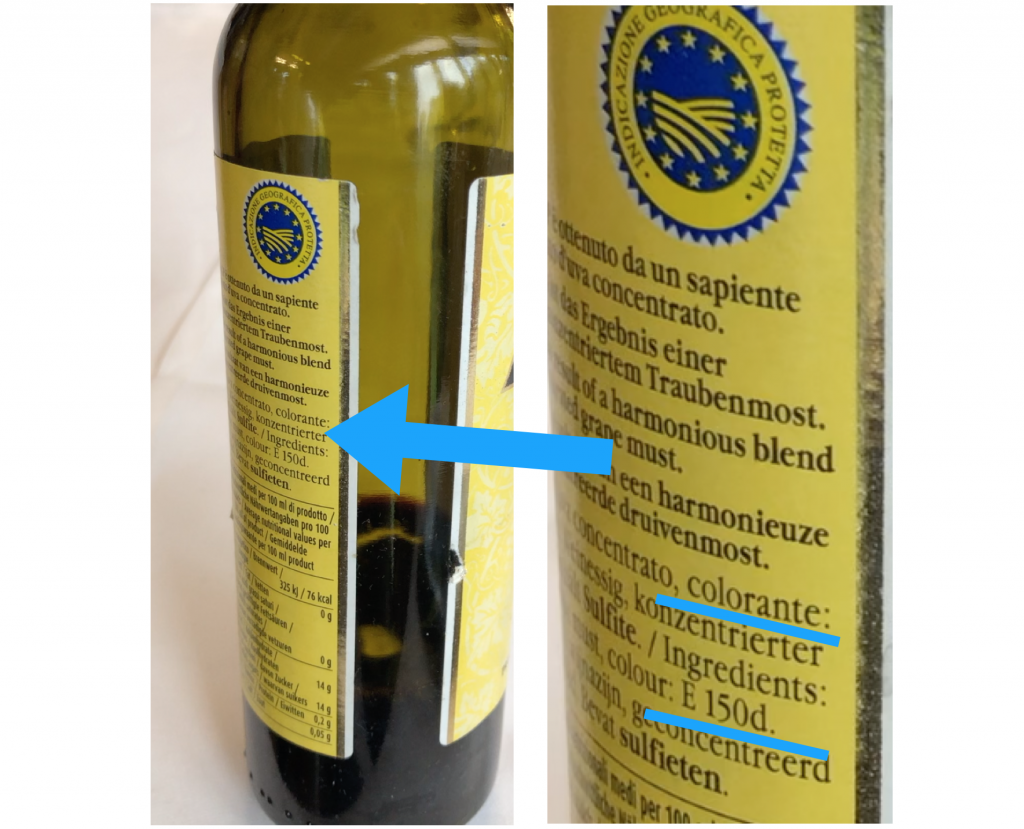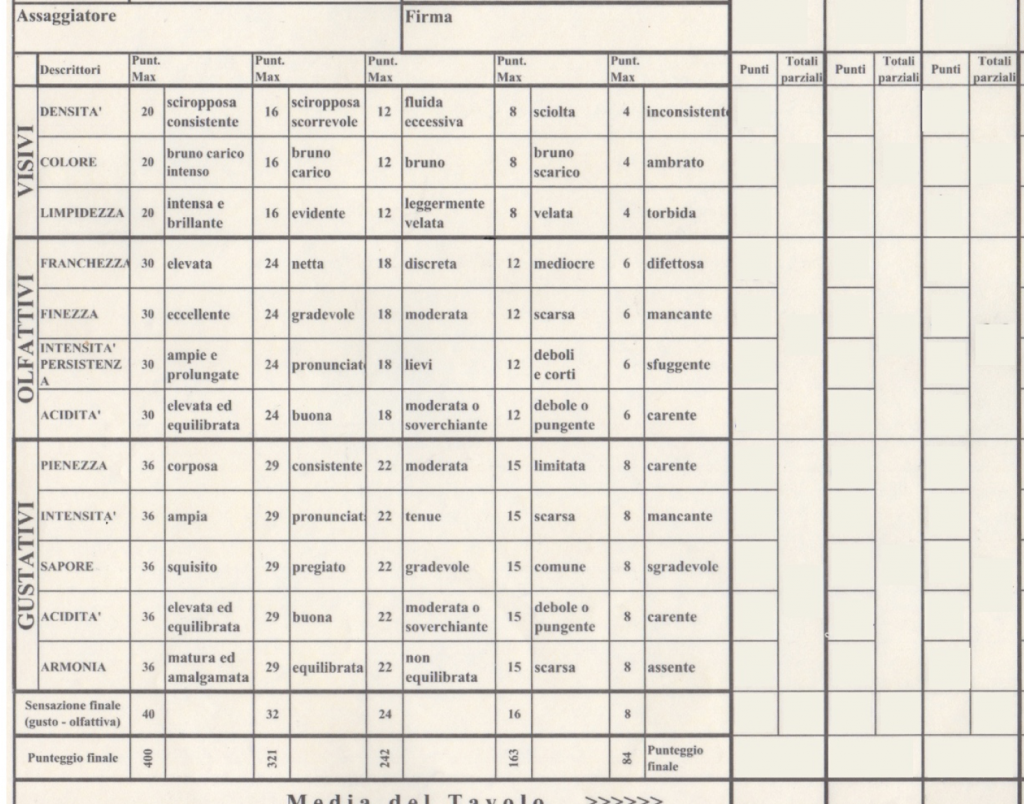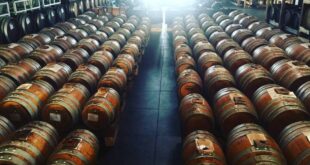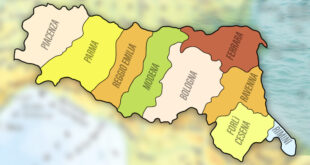Do you know why Balsamic Vinegars are not all the same? Why do prices range from a few cents up to thousands of euros? The answer is very simple: Balsamic Vinegars are not all the same!
Today we’ll try to explain you the different factors that impact Balsamic Vinegar’s selling price: as you may imagine, quality is fundamental. But how do we determine the degree of quality and hence the price of a vinegar? The first factor is the ingredients used for the production of the two most known and sold categories of Balsamic Vinegar of Modena.
ABTM – Traditional Balsamic Vinegar of Modena D.O.P. is made of one and only ingredient namely 100 % of cooked grape must. ABTM is absolutely the best product of our land: it is produced on a small scale, therefore it is the most expensive.
ABM – Balsamic Vinegar of Modena P.G.I. is composed by cooked grape must, wine vinegar and no more than 2 % of caramel coloring. Balsamic Vinegar of Modena P.G.I. is much cheaper than ABTM. It originated when families started to add wine vinegar to their ABTM productions in order to increase their stocks of the precious product. Today it is produced in large quantities.
It is easy to understand that, the higher the percentage of cooked grape must, the higher will be the density of the product and therefore its price.
To understand why Balsamic Vinegars are not all the same, we have to consider also the aging period: ABTM has – by law- a minimum aging period of 12 years that must take place in barrels made of different woods. ABM, on the contrary, has a minimum aging period of 60 days that takes place in stainless steel barrels, usually designed for products on an industrial scale. The most artisanal products of the first category require a considerably longer aging period in oak barrels.
How the product ages is decisive: the longer the product remains in the wooden barrel, the better the fragrances of the wood would transfer into the product thanks to an osmosis process and the more intense will be the product’s flavor and aroma. It is impossible that a product born and aged in a stainless steel container is the same of the one that aged in wooden barrels.
Time is the most precious element, it definitely is an indispensable factor.
It is not surprising that products we find in the large distribution are so low quality. Sometimes the prices of discount Vinegars is so incredibly low as to amaze me! More than once I wasn’t able to justify such a low price. If we only think about the packaging cost (bottle, stopper and label) the cost of the mere product is incredibly low, even if we don’t take into account the transport price and the trade margin. However, these are the products that have made Balsamic Vinegar of Modena known to the world, even if in its cheapest version. But these Vinegars are very different from real Vinegars people of Modena love to use and offer to friends and lovers of the products, proud of being its guardians.

When I was in Thailand passed by a restaurant with 4 wooden tables on the beach of Phi Phi Islands and I found a dish with Balsamic Vinegar on the menu. Try to guess its degree of quality! Was it the same of my friend Paolo or of my friend Elisa? I don’t think so.
After this explanation, how to compare the different ABM products should be quite easy: the price is basically determined by the quantity of cooked grape must, the aging period and the aging method.
It is impossible to use the same criteria for ABTM products: the Consortium for the protection certifies the use of a unique ingredient and classifies its aging period ALWAYS in 12 or 25 years. But ingredients and aging period are not the same for all vinegars. How do ABTM differ? There are very precise evaluation methods that explain why Traditional Balsamic Vinegars are not all the same. These standards parameters are used also during competitions where the best Traditional Balsamic Vinegar producers fight for the precious title.
A very careful examination of the quality of the product is made by experts that examine it almost maniacally. They give a score to the visual, olfactory and gustative aspects of ABTM according to numerous criteria. As you can observe, the description card of our products is composed by many headings which include the qualitative characteristics of ABTM. During the tasting, a score is given to every single heading and the sum of of the subtotals constitutes the final score, the grade of Traditional Balsamic Vinegar of Modena.
Visual aspects evaluated: density, color, clearness.
Olfactory aspects: franchezza (the first aroma you feel when smelling the product), finesse, intensity, persistency and acidity.
Gustative aspects: fullness, intensity, taste, acidity, harmony of falvors.
One last curiosity I want to tell you: the description card of our products which includes tasting and evaluation was created:
- Reporting data and values present on the official description cards of the ABTM Consortium of Spilamberto which forbid their, even partial, reproduction (to avoid eventual incorrect or illegal uses)
- and the descriptions of the AED , the association of expert tasters of ABTM. We show you this description only partially for the same above mentioned reasons. We had the pleasure to fill this descriptive card ourselves, evaluating different vinegars during their course “Vinegar cellar owner and guide to tasting”, a training we attended a few years ago.

To conclude we inform you that the world of Traditional Balsamic Vinegar of Modena is composed by a third valuable category of products: Balsamic condiments. For the moment we do not go into details, we’ll talk about these excellencies in next posts.
We hope having provided you some useful informations. We also recommend you to always read the label of the product and we remain at your disposal for clarifying any doubt about our precious black gold.
http://www.l-originale.com
 Use Balsamic Vinegar All you need to know about Balsamic Vinegar of Modena
Use Balsamic Vinegar All you need to know about Balsamic Vinegar of Modena


